Fan speeds clock in over 11000 RPM.
Dynatron rolls out the A38, a robust CPU air cooler for AMD Ryzen Threadripper and EPYC processors.
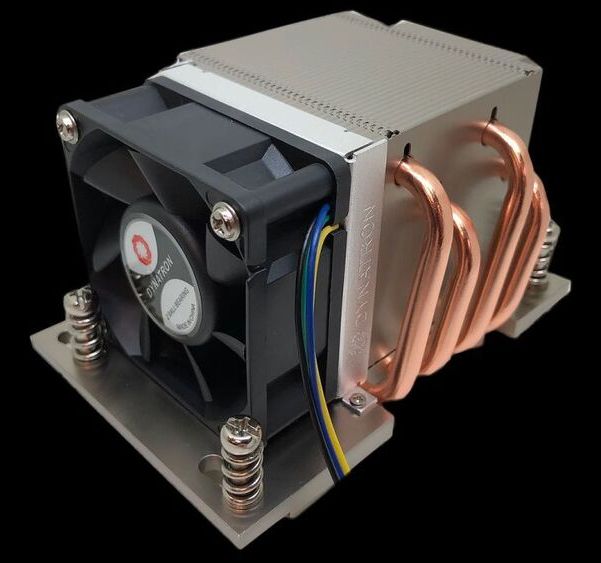
It could revolutionize electric vehicles and aircraft.
In groundbreaking new research, scientists have made a structural battery 10 times better than in any previous experiment.
What’s a structural battery, and why is it such a big deal? The term refers to an energy storage device that can also bear weight as part of a structure—like if the studs in your home were all batteries, or if an electric fence also held up a wall.

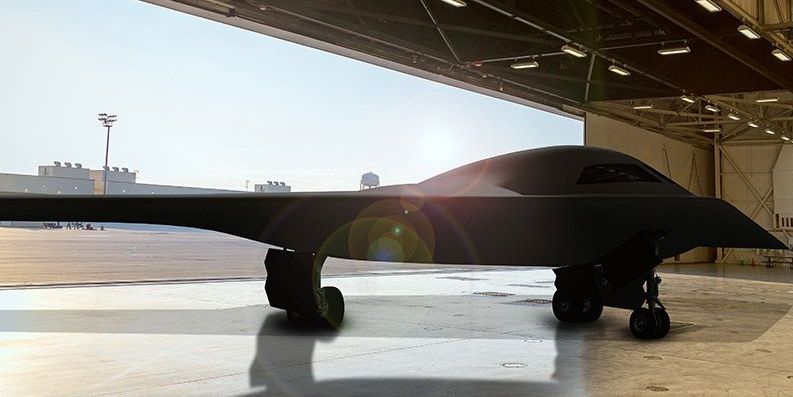
The mysterious Raider will be the Air Force’s first new bomber in more than 30 years.
The U.S. Air Force and Northrop Grumman have released the first new image of the B-21 Raider bomber in nearly four years. The image, designed to show the plane in hangars at air bases across the country, shows a few more details of the stealthy bomber. According to aviation experts, the new plane looks like the B-2 bomber—with some key differences.
The three images show the plane sitting in hangars at Ellsworth Air Force Base in South Dakota, Whiteman Air Force Base in Missouri, and Dyess Air Force Base in Texas. Ellsworth and Dyess are currently home to B-1B Lancer bombers, while Whiteman is home to America’s fleet of B-2A Spirit bombers. The B-21 Raider will eventually replace both types.
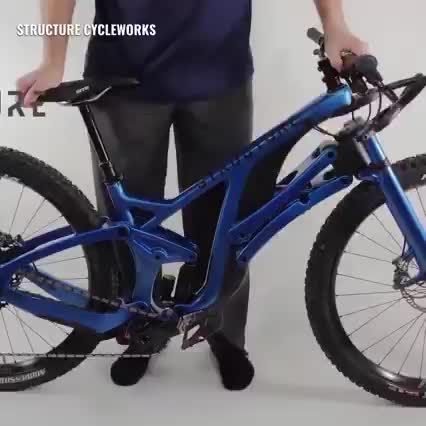
Airspeeder wants to be the “first electric flying car race,” its CEO told Insider. It also wants you to know flying cars are closer than you think.
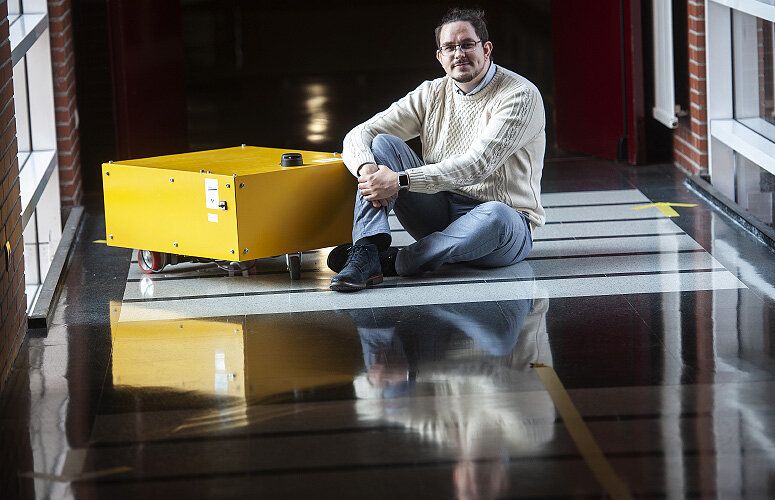
The Ph.D. thesis by Daniel Teso-Fernández de Betoño of the UPV/EHU Faculty of Engineering in Vitoria-Gasteiz has resulted in a mobile, collaborative platform capable of performing tasks in motion at the Mercedes-Benz plant in the capital of Alava. The research opens up a new field for improving the ergonomics of these workstations and for the robot and human to collaborate by performing tasks together.
The idea of collaborative robotics with autonomous navigation to perform screwdriving tasks in motion emerged at the Mercedes-Benz plant in Vitoria-Gasteiz. To develop his Ph.D. thesis, Daniel Teso-Fernández de Betoño sought to investigate, develop and implement an adequate, efficient technology within the lines of work, and which would cooperate with the workers.
On the Mercedes-Benz final assembly lines, the vast majority of tasks require manual operations. It is also an area where everything is in motion, which means that not all types of people can opt to work in these spaces.
We were all promised the future would be like the Jetsons, with push-button flying cars. What happened? Well, multiple firms are developing flying cars right now, but the inhibiting factor for widespread adoption may not be in the hardware or software: but due to an unlikely source: insurance. These vehicles are expected to be radically different from either helicopters or fixed wing aircraft, and as such insurance industry has little baseline data on which to assess risk. The obvious implications of vehicle falling a crowded downtown street make this a serious issue. What can be done? Jim has a definite opinion on the subject.
Manufacturing veteran James Anderton expresses his compelling and unique opinions about the state of the manufacturing sector. He shares his thoughts and insights to help engineering and manufacturing professionals navigate through the challenges of world events, the blending old with new technologies, evolving processes, gaps in skilled labour, in an effort to help maximize productivity of their daily operations.
James is a former editor of trade publications in the automotive, metalworking and plastics industries with contributions to a wide range of print and on-line publications. He also brings prior industry experience in quality and manufacturing for a Tier One automotive supplier.
* * *
This episode is brought to you by engineering.com, a globally trusted source for engineering content. Watch in-depth engineering videos made for the engineering professional and found *exclusively* on Engineering TV:
For the Design Engineer: https://bit.ly/2XVsvU0
For the Manufacturing Engineer: https://bit.ly/3bRSXWP
* * *
#Flying_Cars #VTOL #Air_Taxi
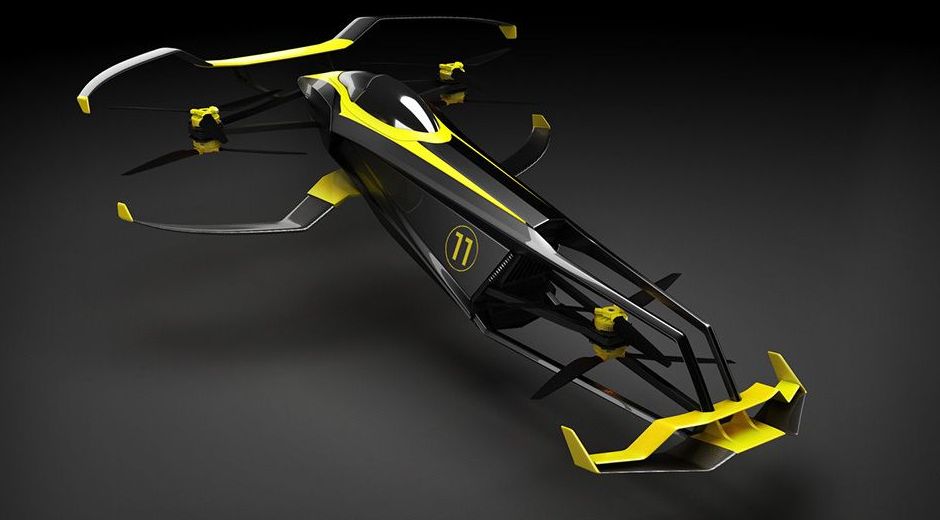
Tesla remains the king.
Ranjan KC
The Apple Car. Quite possibly the most hotly anticipated rumour of this decade. And last decade. Years in the making, and still years from its first appearance, what do we know about the Apple Car?
The late Apple co-founder Steve Jobs was said to be thinking about the company’s involvement in the automotive industry way back in 2008, the era of the iPhone 3G. Fast forward a few years and the Project Titan name begins to get thrown around, an Apple project destined to bring autonomous transport to life. More than 1000 employees were transferred onto this project in its early days.
Apple seemingly put all its eggs into this basket though, because in 2016 rumours had it that Project Titan was getting axed. After major staffing changes and leadership issues, the Project remains in operation today with John Giannandrea at the wheel — Apple’s artificial intelligence and machine learning chief.